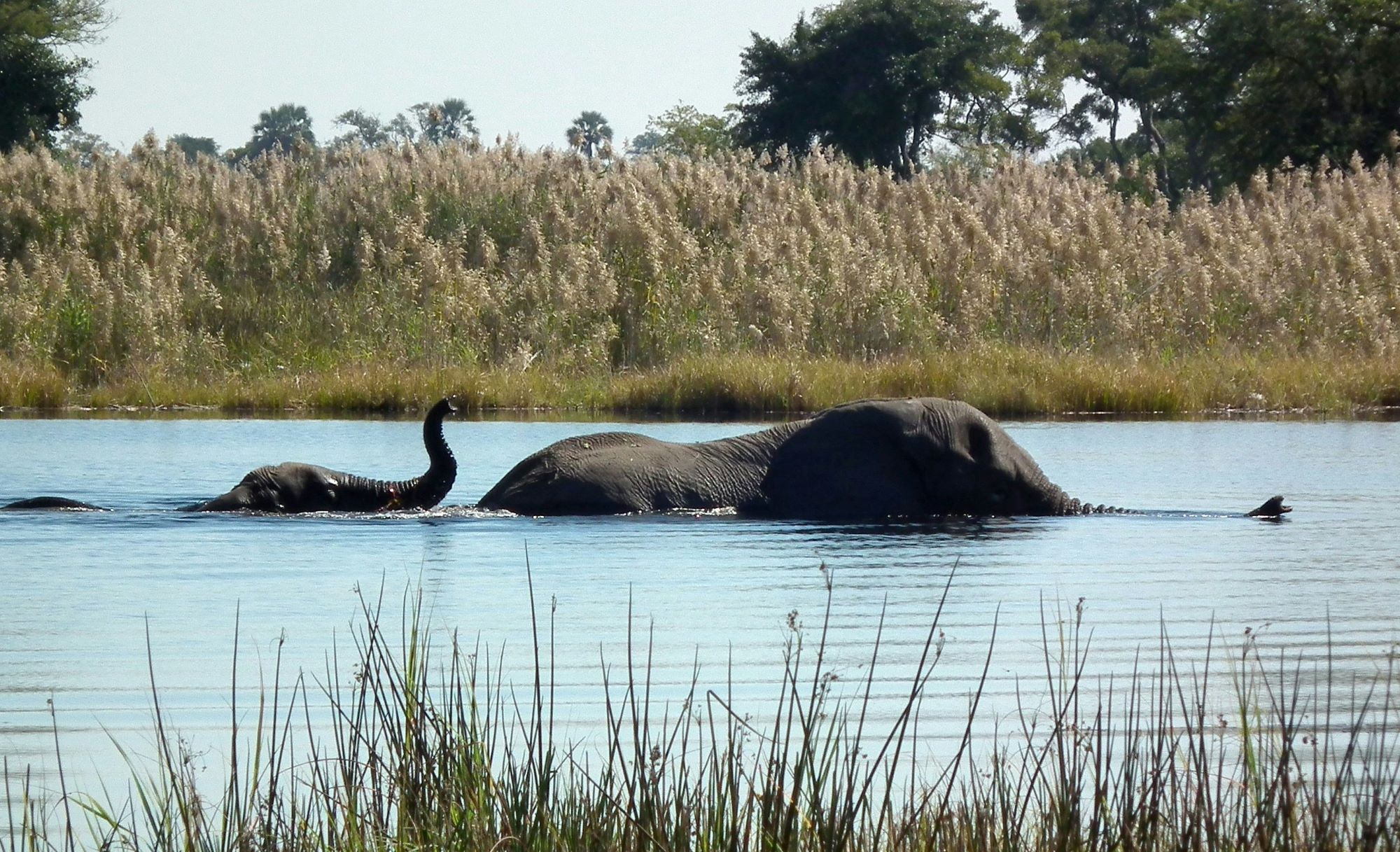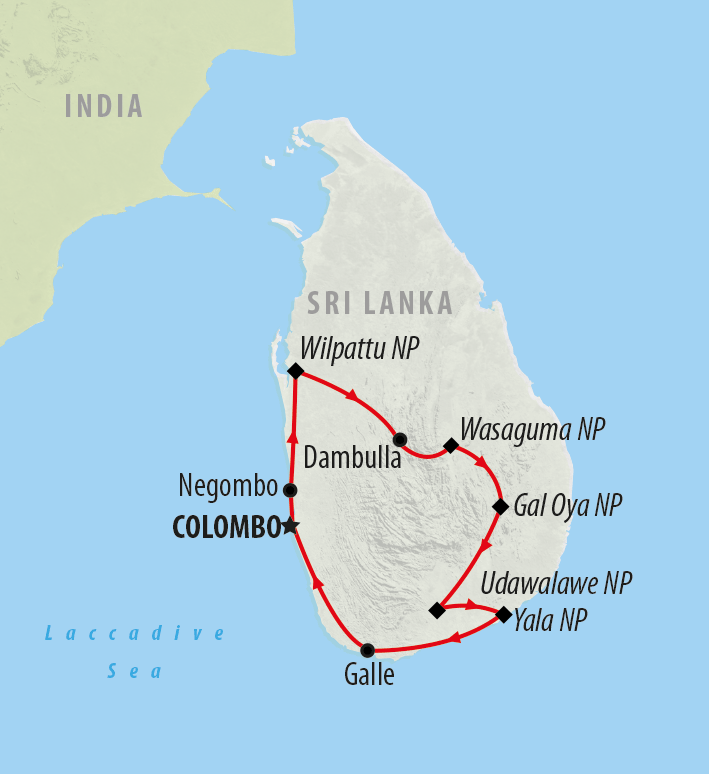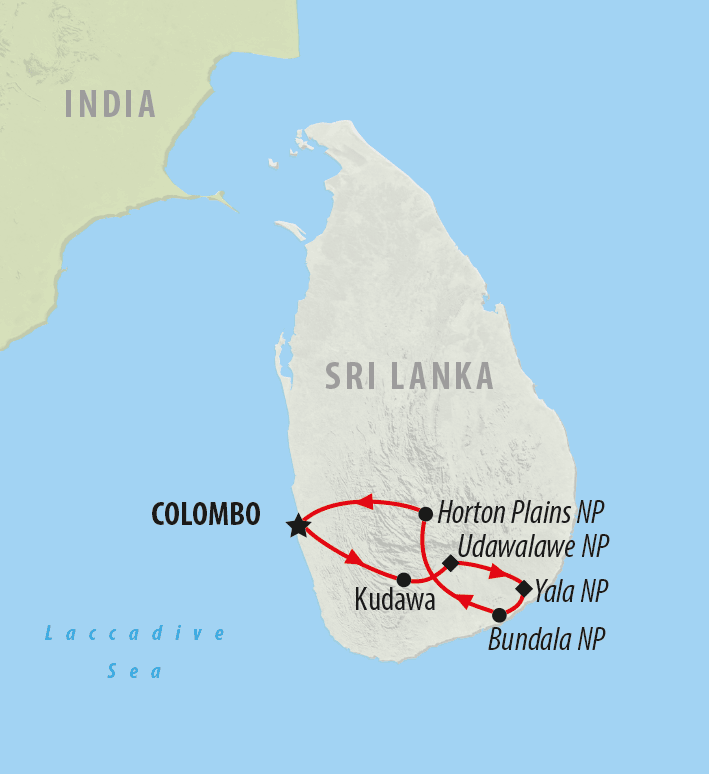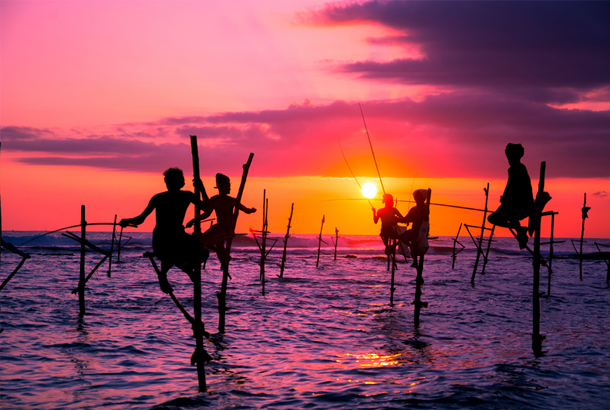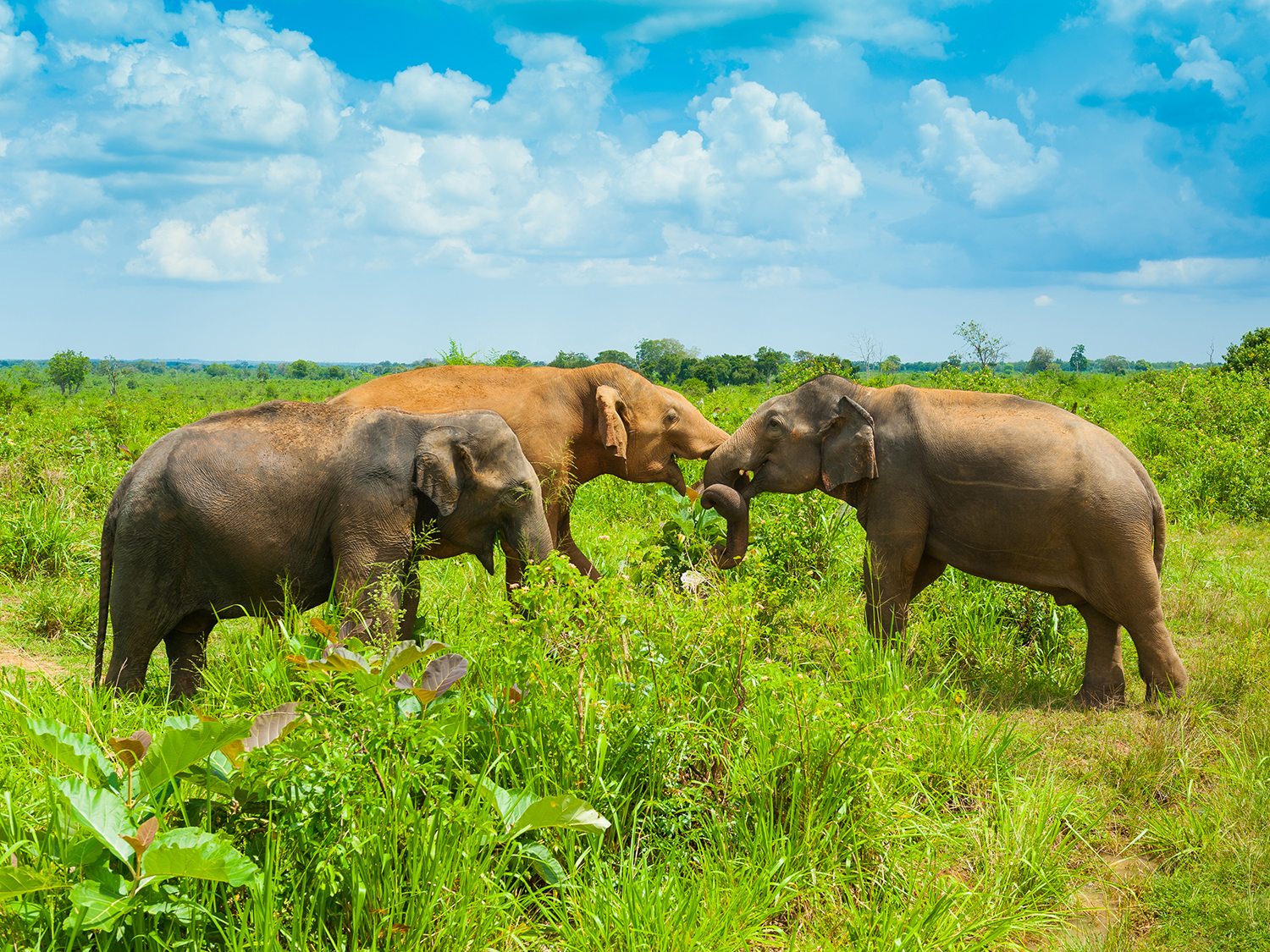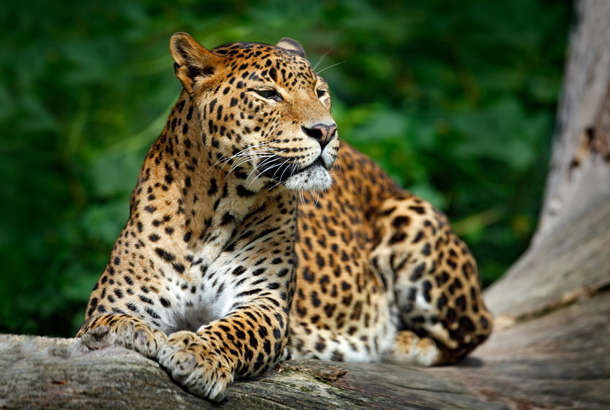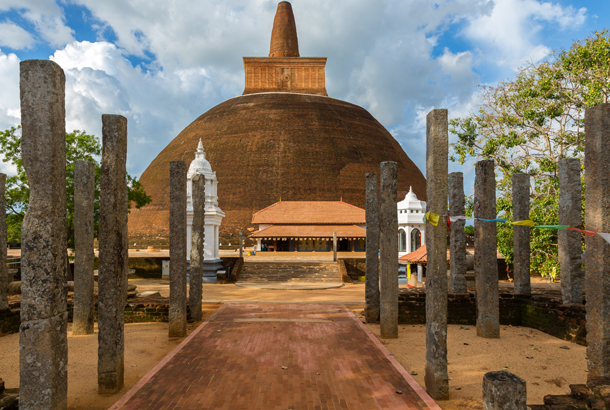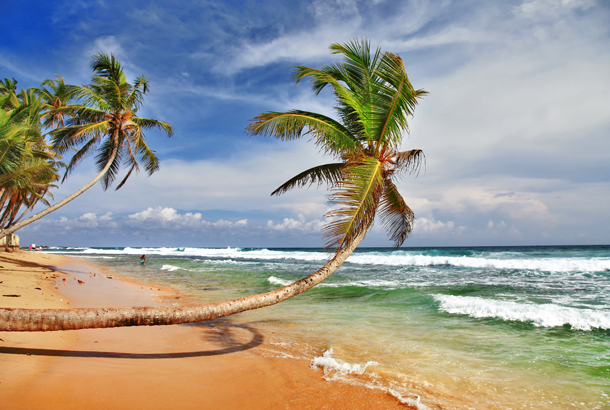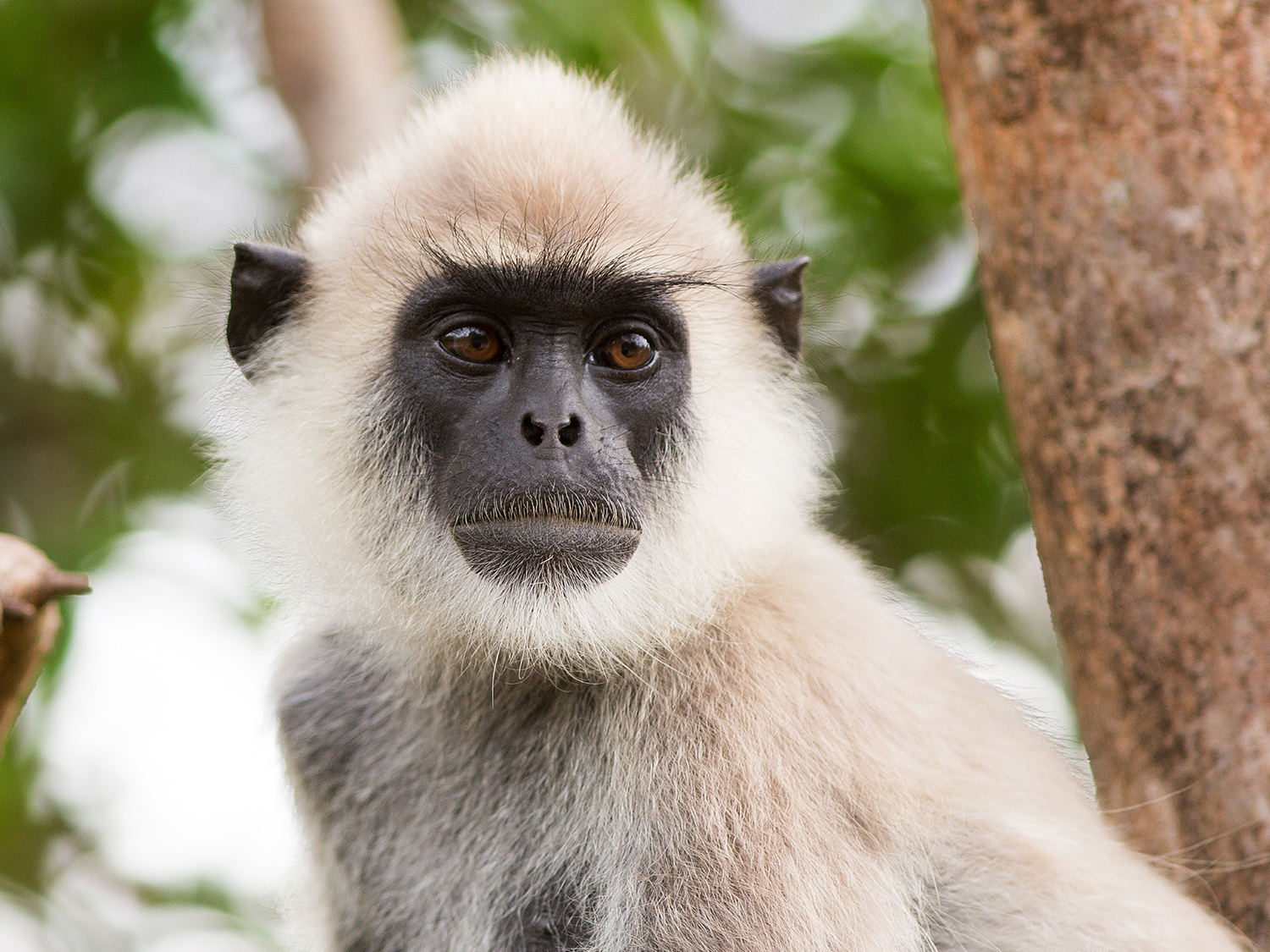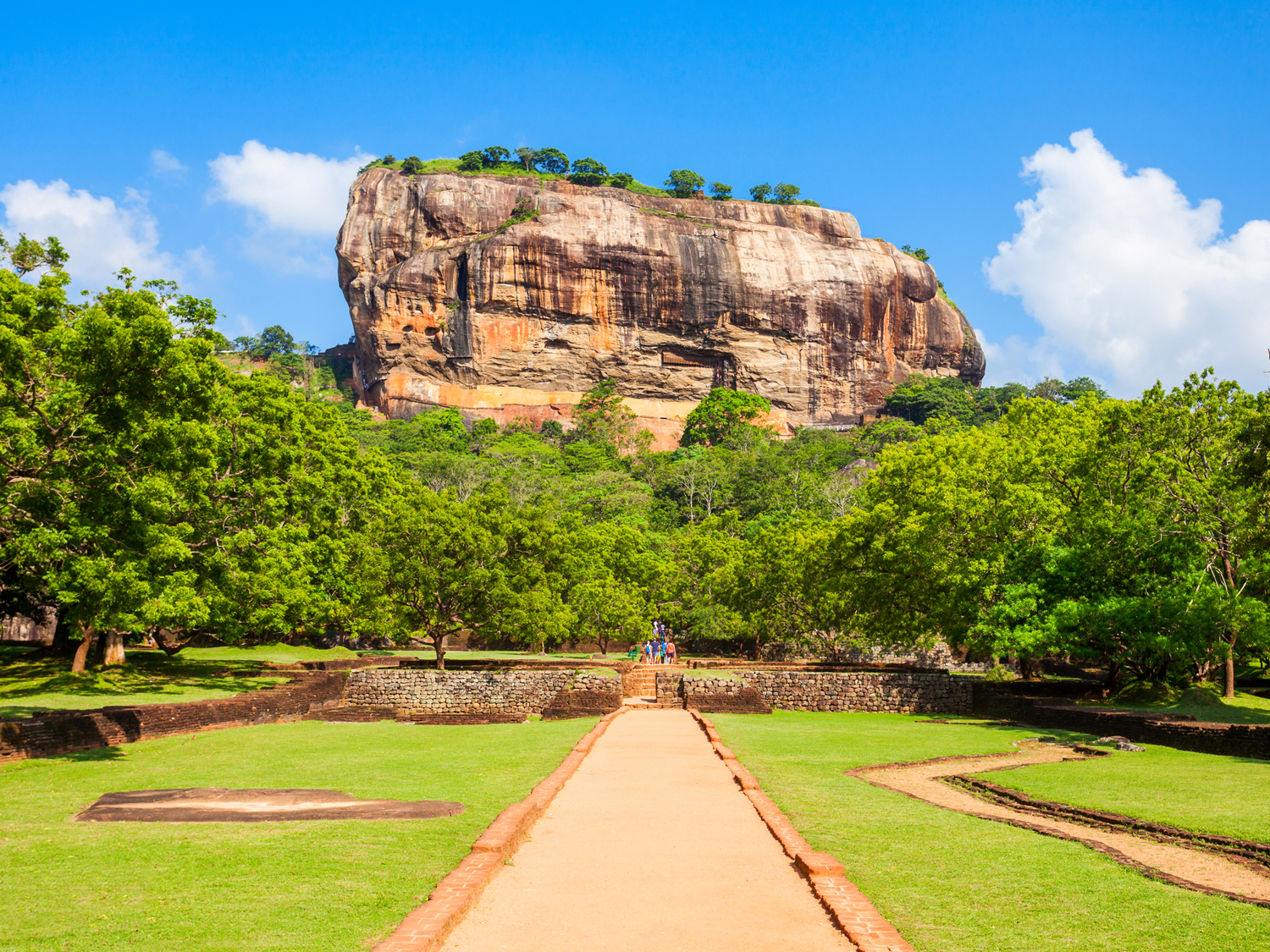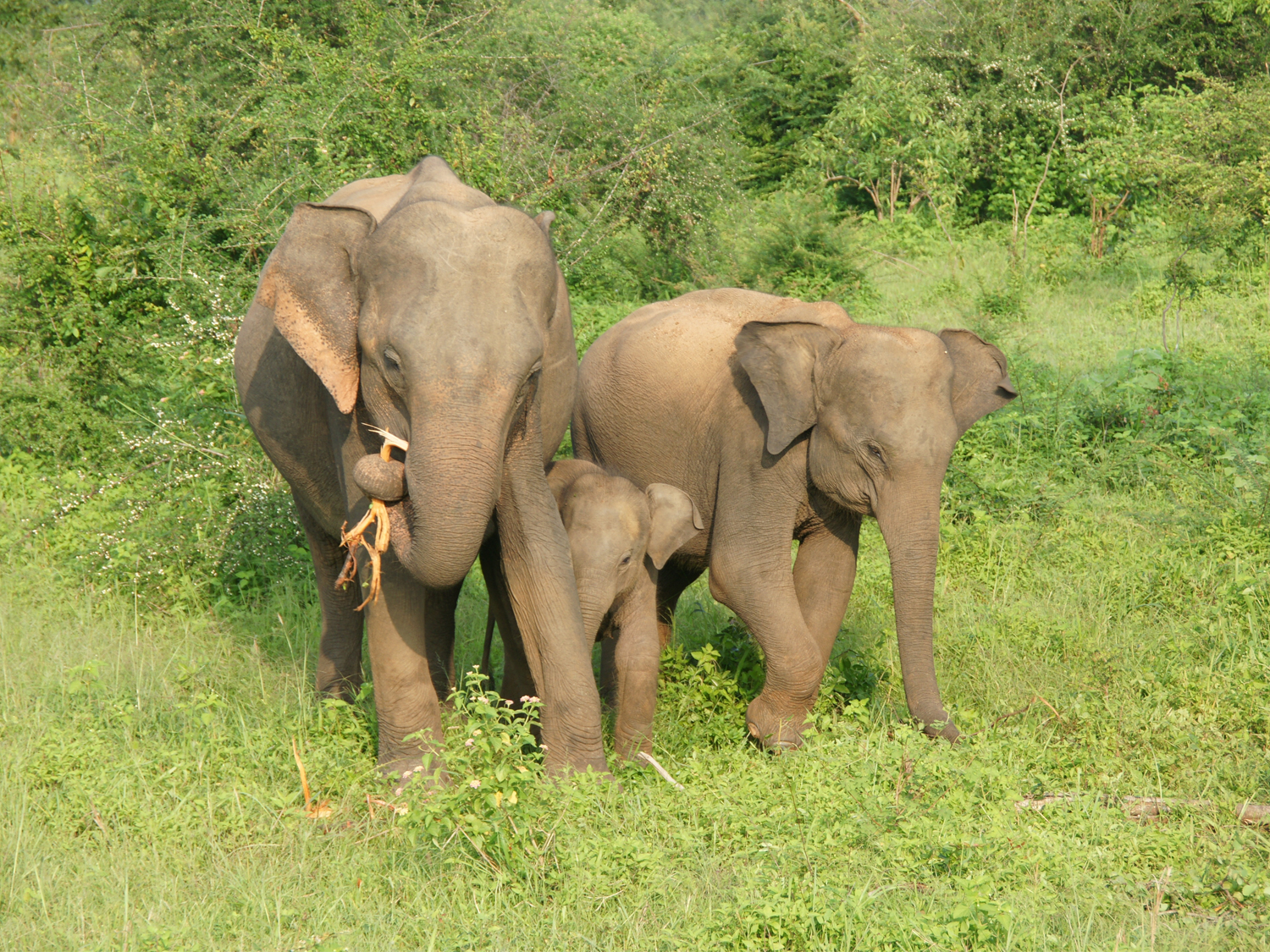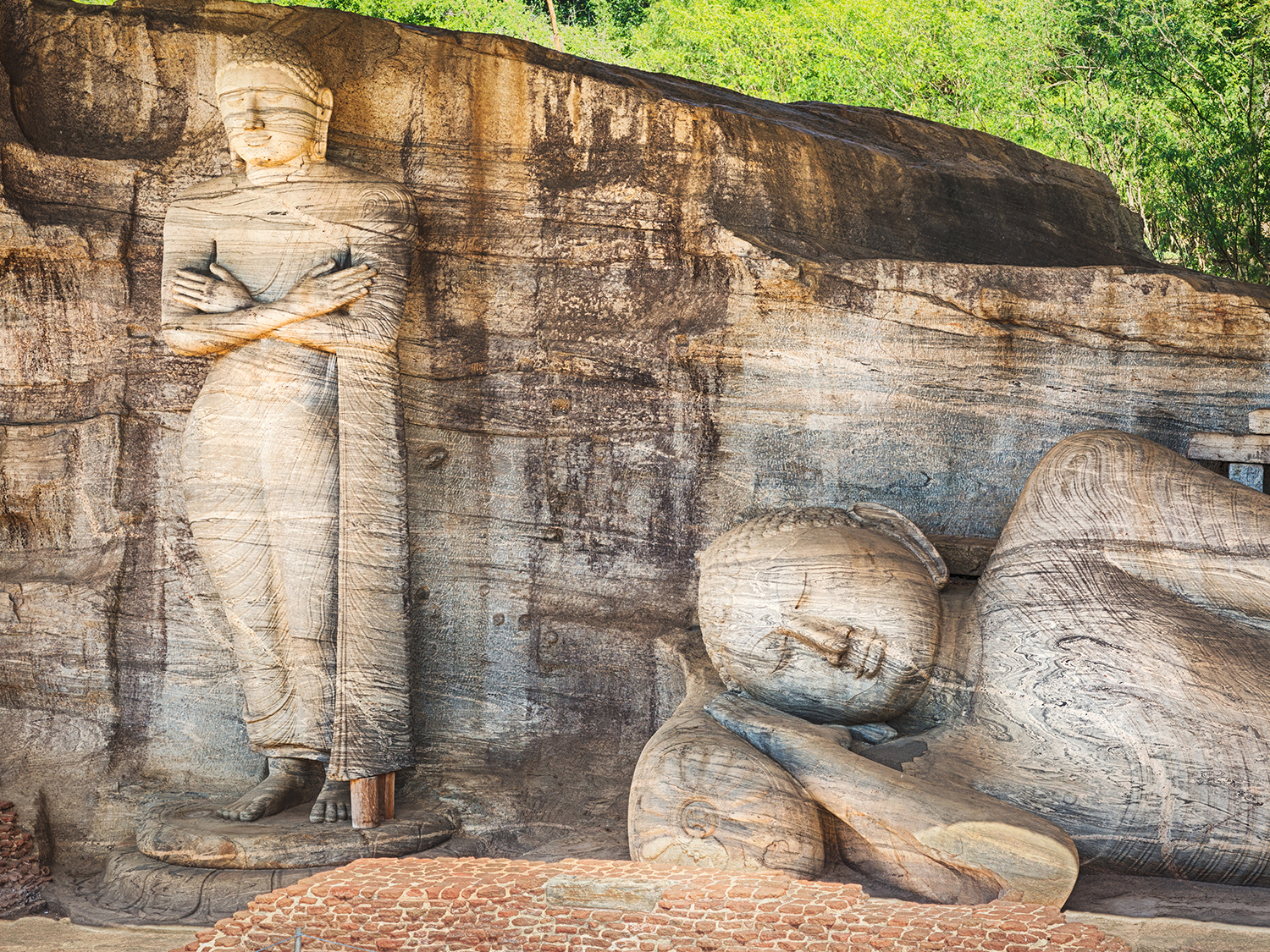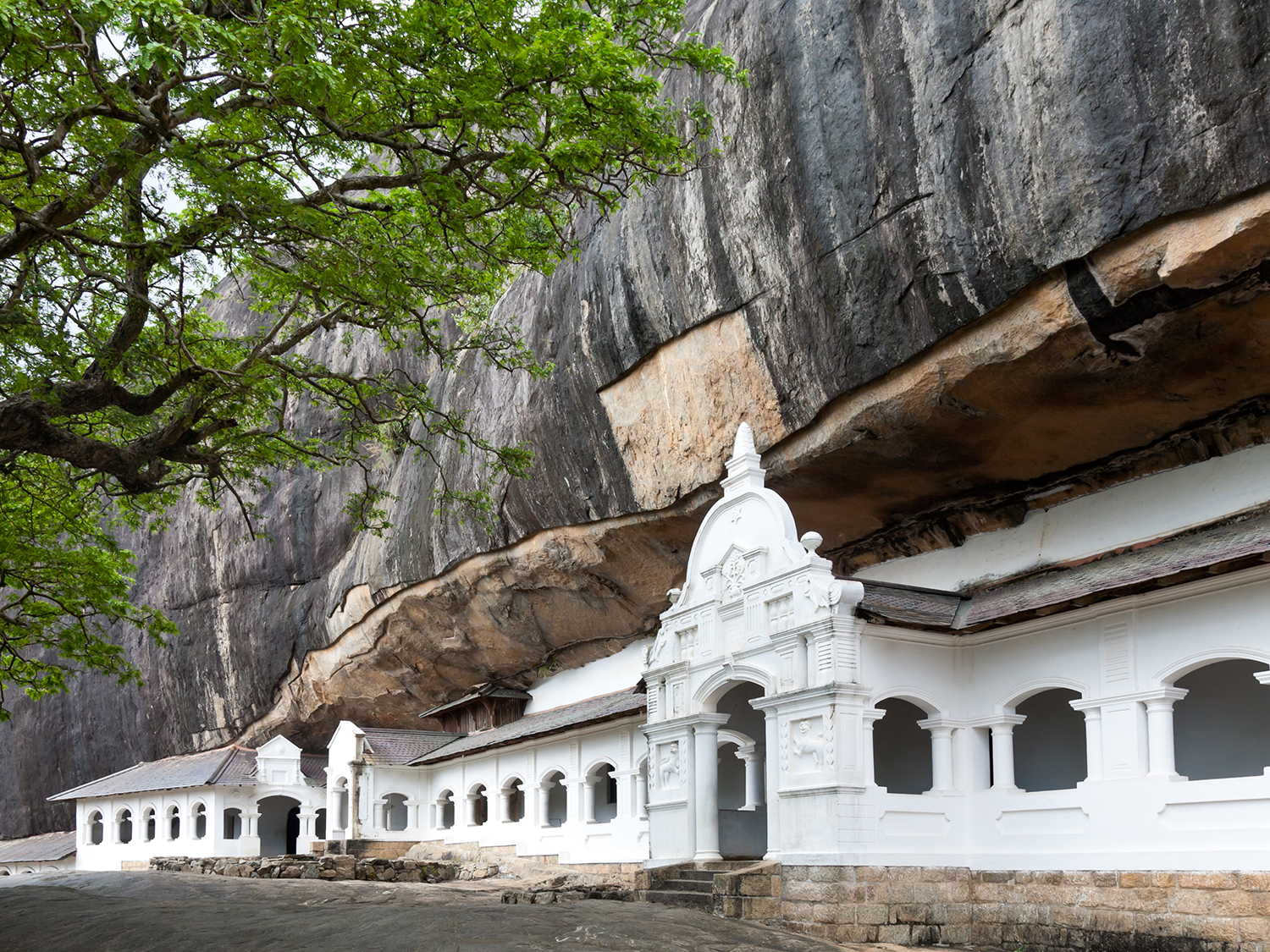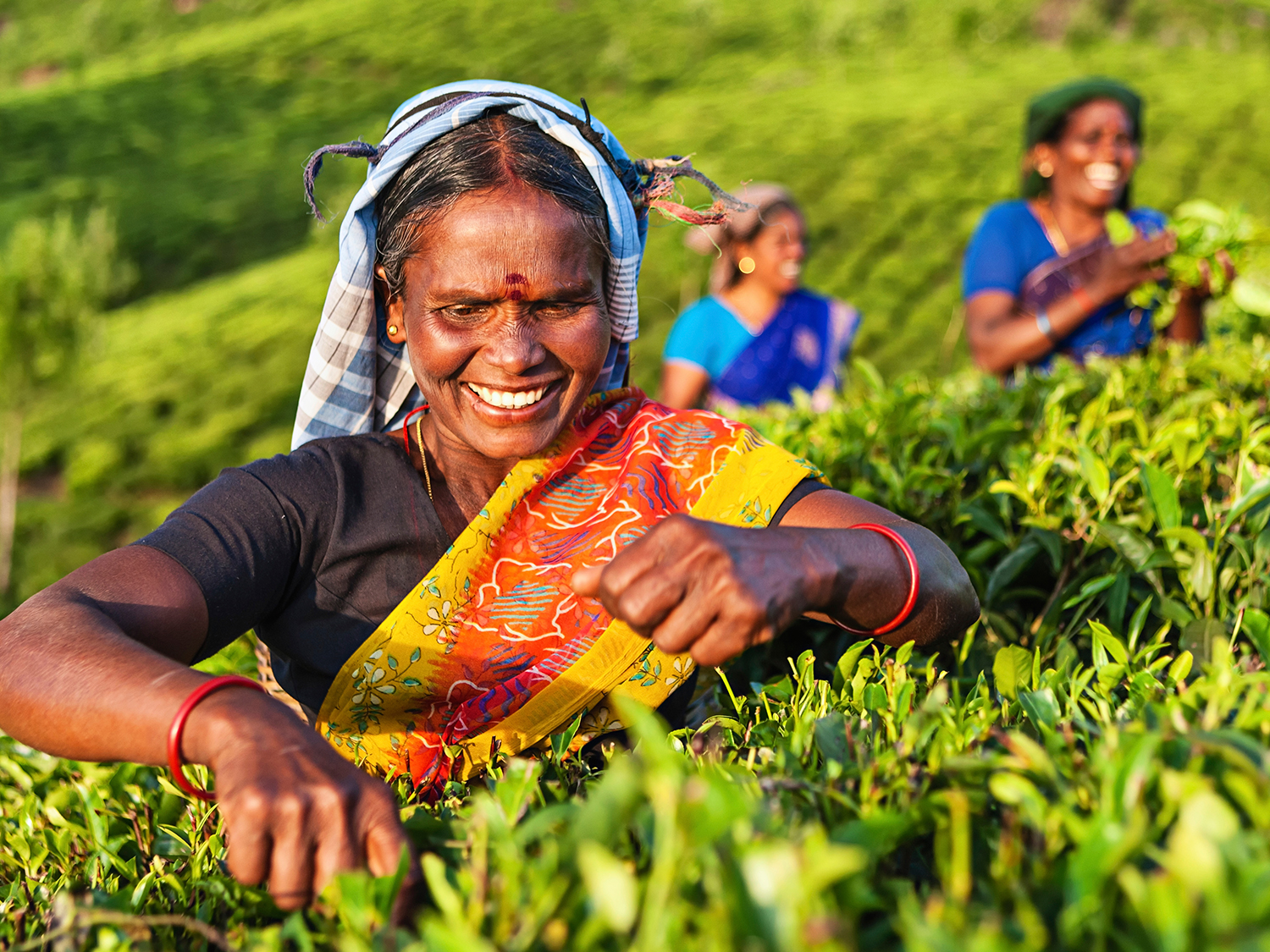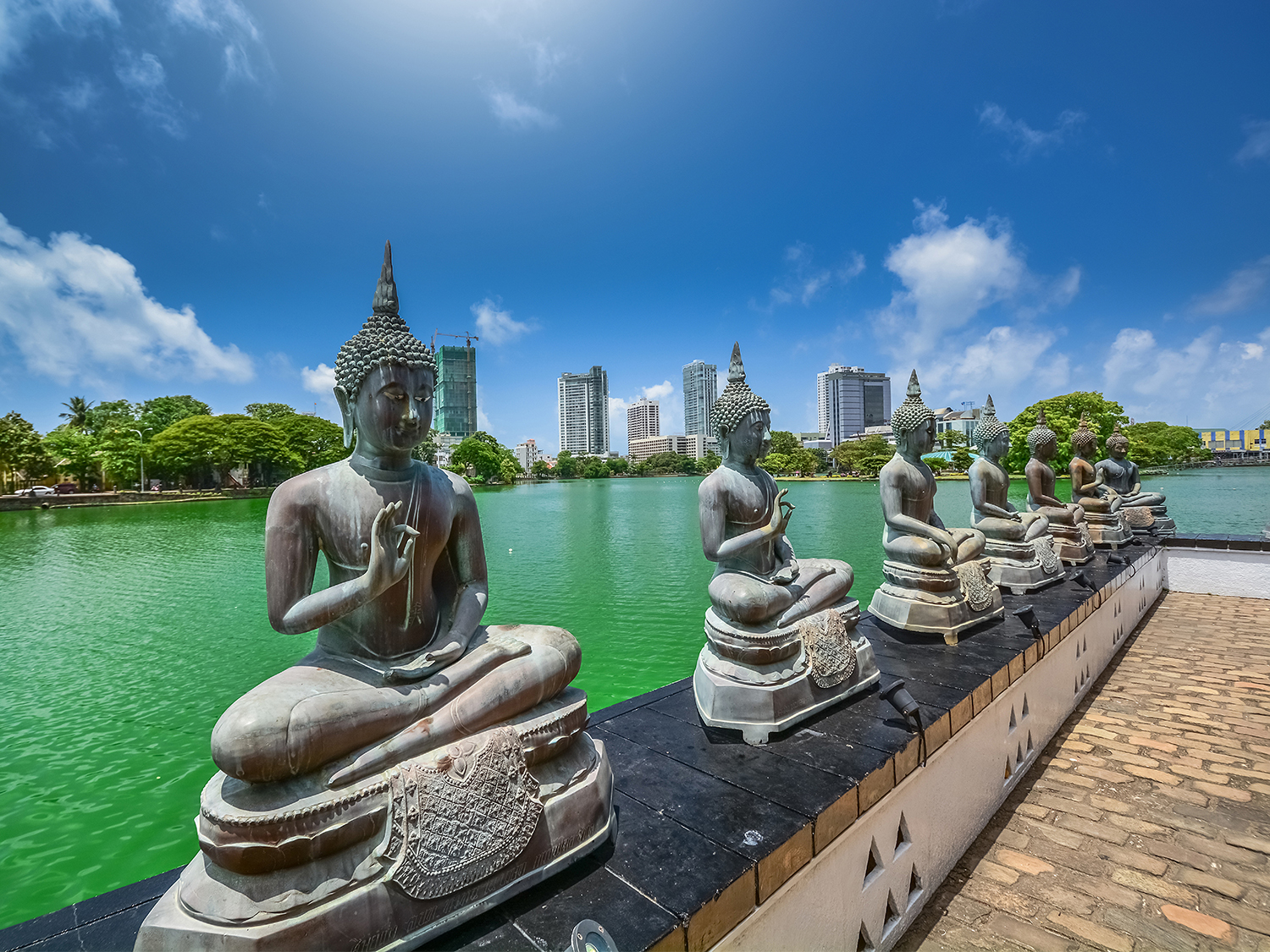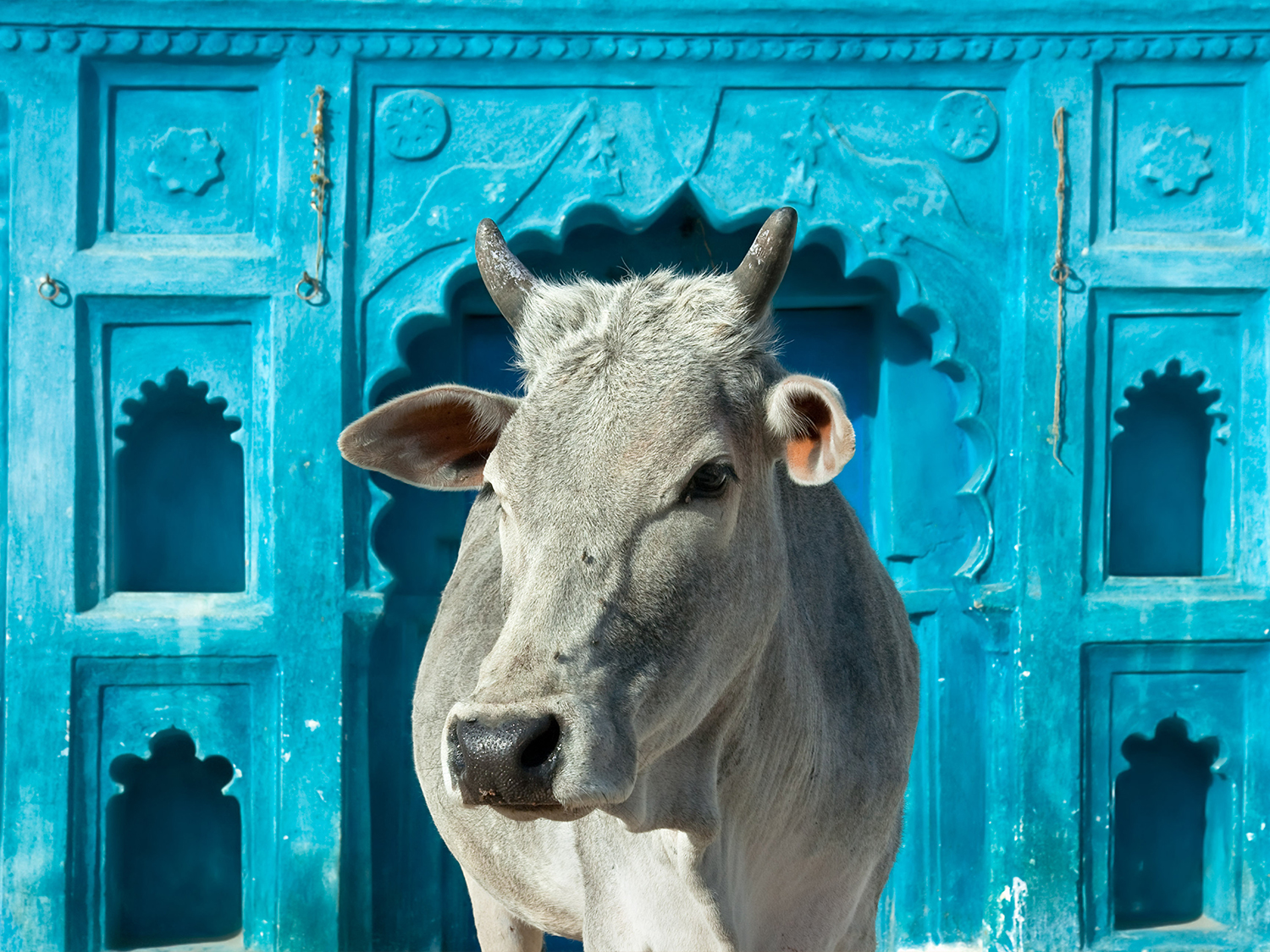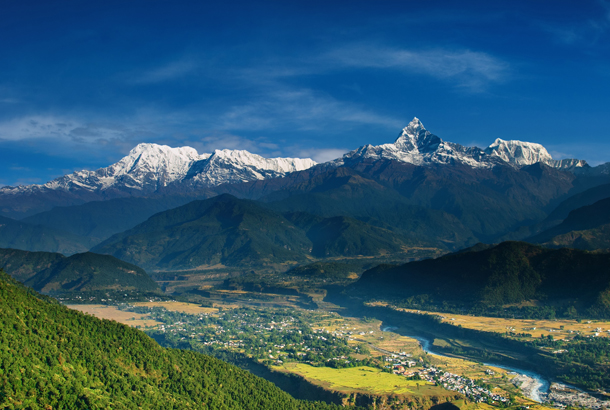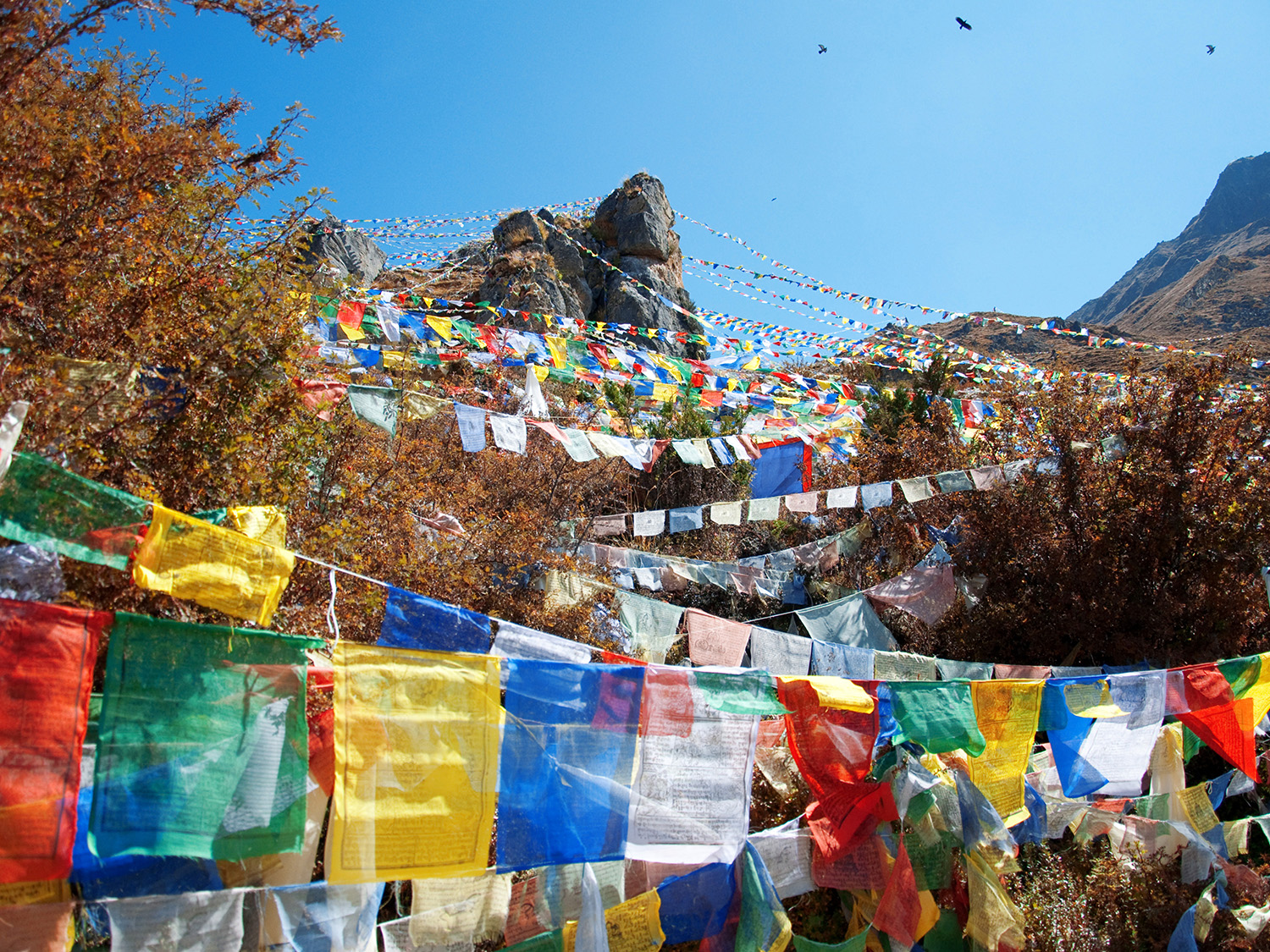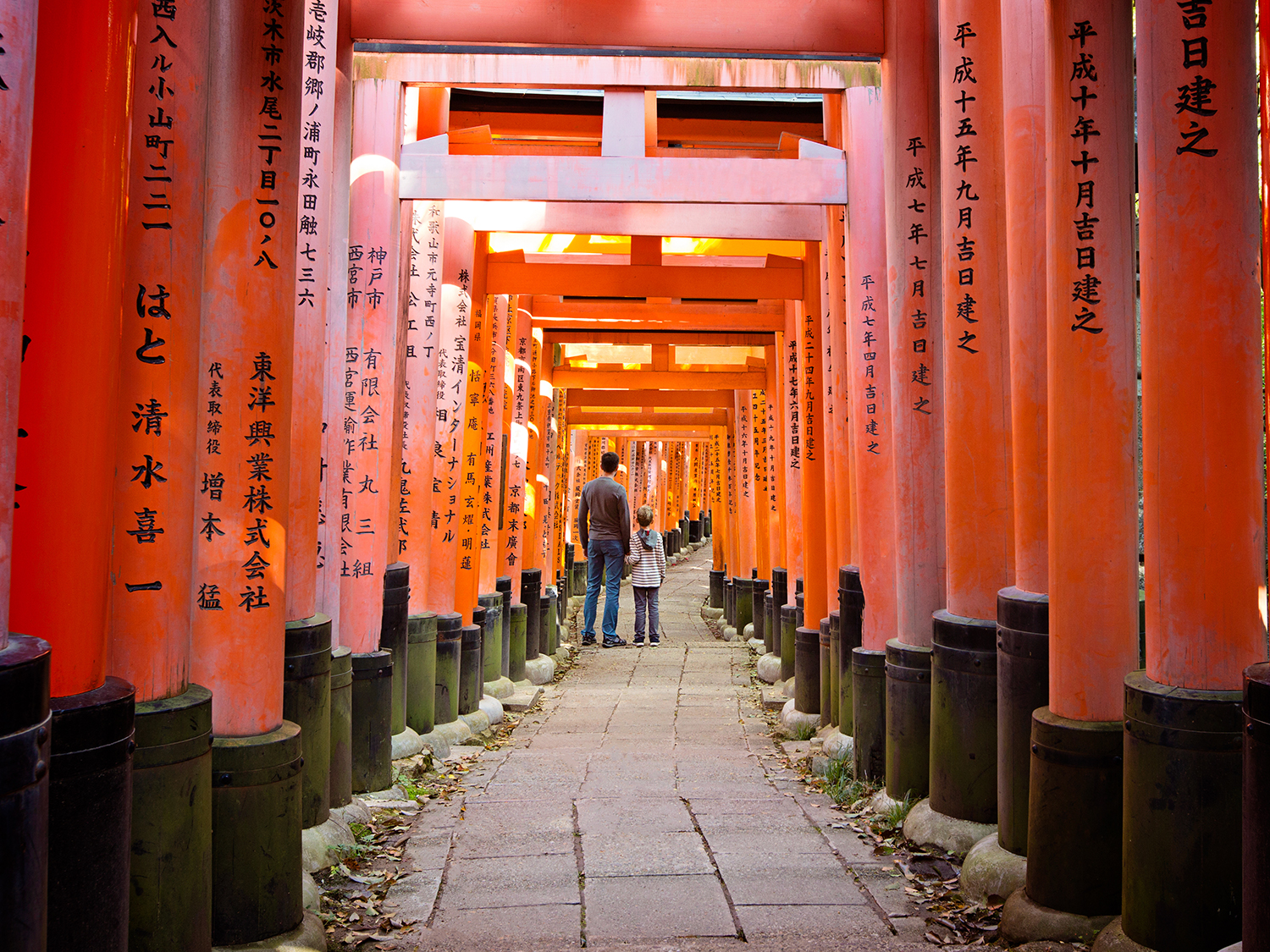Boat Safari Tours in Gal Oya National ParkTake a guided boat safari tour in Sri Lankas Gal Oya National Park
When do you want to go?
2024
I'm flexible
Passengers
Adults (18+)
Children (0 - 17)
About Gal Oya National Park
The only national park in Sri Lanka where you can take a boat safari, Gal Oya National Park is a vast 25,900-hectare ecosystem home to many species including elephants, sloth bears, water buffalo and the elusive Sri Lankan leopard just to name a few. The park is famed for its elephant viewing boat safaris, where you can see herds of elephants swimming from one island to another in the Senanayake Samudra Reservoir. Sri Lankan elephants are excellent swimmers and able to use their trunks as snorkels to travel long distances. It is thought that the very first elephants to inhabit Sri Lanka swam across the ocean from India.
Besides its iconic wildlife, Gal Oya is home to some of Sri Lanka’s Indigenous population. Residing in the Nilgala area of the park are Veddha clans or ‘forest dwellers.’ These communities still retain much of their ancestral knowledge of the forest, however their traditional lifestyle is threatened by mainstream culture. Rare Ayurvedic plants used in traditional Sinhalese medicine can also be found within the park.
Tours to Gal Oya National Park
One of the best preserved and least visited national parks in Sri Lanka don’t miss out on the opportunity to explore this unique boat safari park. The park was established primarily to protect the catchment area of the Senanayake Samudra Reservoir, the largest inland body of water in Sri Lanka. The park is rich in biodiversity and aquatic life as well as dense forests, mountains and savannah’s which are full of unique flora and fauna. Join us on a guided safari tour in, Gal Oya national Park for a truly unique safari experience.
What to expect at Gal Oya National Park
Visiting Gal Oya National Park promises an immersive experience in one of Sri Lanka's most pristine natural environments. Expect to encounter a range of diverse wildlife, including elephants, leopards, and an array of bird species, in their natural habitats. The park’s unique feature is the boat safari on the Senanayake Samudra Reservoir, the largest reservoir in Sri Lanka, where you can witness animals swimming between islands. The lush landscapes, with verdant forests and rolling hills, offer breath-taking views and opportunities for hiking and photography. Gal Oya National Park is a haven for nature enthusiasts, providing a serene escape into the wild.
Top animals to see in Gal Oya National Park.
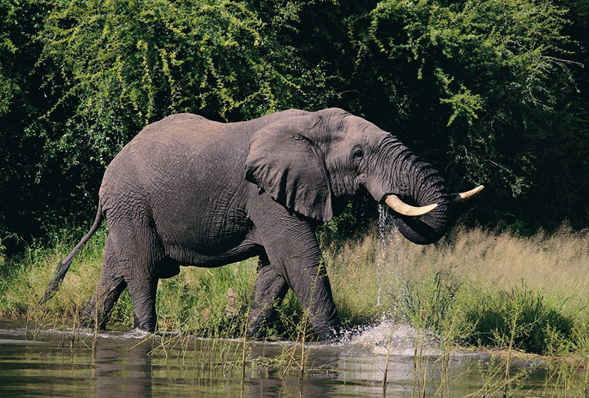
Elephants
One of the highlights of a trip to Gal Oya are the swimming elephants, a unique spectacle as they roam freely through the park's diverse landscapes and swim from island to island in the reservoir. One of the most remarkable experiences is observing these majestic creatures during a boat safari on the Senanayake Samudra reservoir, where you might witness them swimming gracefully between the islands. This rare and intimate encounter with elephants in their natural habitat underscores the park's commitment to wildlife conservation and provides visitors with unforgettable memories of Sri Lanka's rich biodiversity.
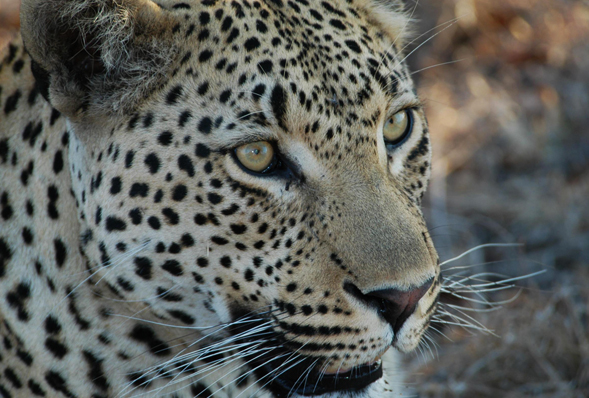
Sri Lankan leopard
Seeing a Sri Lankan leopard in Gal Oya National Park is a highlight for wildlife enthusiasts visiting Sri Lanka. As elusive apex predator, these leopards roam the park's forests and grasslands. Spotting one in its natural habitat is a thrilling experience. Gal Oya's relatively undisturbed environment provides a safe haven for these magnificent creatures, making it one of the prime locations in Sri Lanka to see them. Witnessing a Sri Lankan leopard in Gal Oya is not just a sighting; it's an unforgettable encounter with one of nature's most graceful and powerful animals. Gal Oya's commitment to conservation ensures that these leopards, along with other wildlife, thrive in a protected and balanced ecosystem. Every encounter is a testament to the park's rich biodiversity.
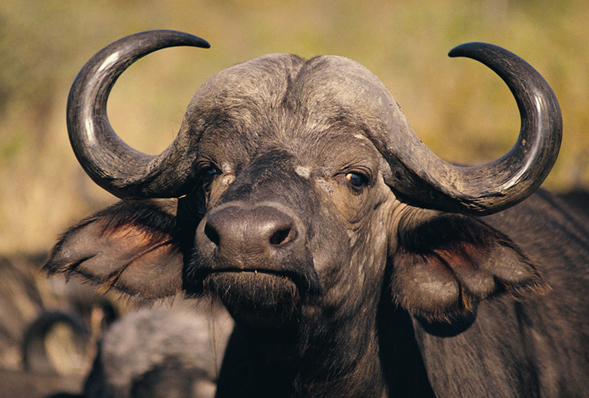
Water buffalo
Gal Oya National Park is home to a number of water buffalo which you have the change to see on a boat safari tour. These majestic creatures often gather along the banks of the Senanayake Samudra reservoir. From the unique vantage point of a boat safari, you can observe them grazing, bathing, and interacting with each other in their natural habitat. Their presence, along with the park’s lush scenery and diverse wildlife, highlights the rich biodiversity of Gal Oya. This close encounter with water buffalo amidst the tranquillity of the park offers a glimpse into the harmonious life of Sri Lanka's wilderness.
When is the best time to visit Gal Oya National Park
The best time to visit Gal Oya National Park is during the dry season, from March to September. During these months, the weather is favourable for wildlife viewing, as animals are more likely to congregate around the reservoir, making them easier to spot. Additionally, the dry season offers more comfortable conditions for boat safaris and hiking, allowing you to fully enjoy the park's diverse landscapes and abundant wildlife.
Conclusion
Visiting Gal Oya National Park on a guided tour is a truly unique adventure, offering the opportunity to experience Sri Lanka's natural beauty and wildlife. With expert guides leading the way, you'll gain deeper insights into the park's diverse ecosystems and the habits of its inhabitants, from elephants to water buffalo. The unique boat safari on Senanayake Samudra adds a distinctive touch to your journey, allowing for intimate wildlife encounters and stunning scenic views. Visiting Gal Oya, gives travellers a unique safari experience and leaves you with memories of breathtaking landscapes and vibrant wildlife. Not only this but a visit to the well-preserved national park gives visitors a profound appreciation for the untouched splendour of this remarkable sanctuary.
Frequently asked questions
What wildlife can I expect to see in Gal Oya National Park?
Gal Oya National Park is home to a diverse range of wildlife, including elephants, leopards, water buffalo, sambars, and various bird species. The park is particularly noted for its large herds of elephants and unique boat safaris that offer sightings of animals in and around the reservoir.
What should I bring for a visit to Gal Oya National Park?
It’s advisable to bring light, breathable clothing, a hat, sunscreen, insect repellent, and a pair of binoculars for wildlife viewing. Don’t forget a camera to capture the stunning landscapes and wildlife. Also, consider bringing a reusable water bottle to stay hydrated
Is it safe to visit Gal Oya National Park?
Yes, Gal Oya National Park is generally safe for visitors, especially when traveling with a tour operator such as us at On The Go Tours. Our guides are well-trained to ensure safety during safaris, and we do not operate tours to unsafe destinations. However, it's important to follow all safety instructions and respect wildlife from a safe distance.
How do I get to Gal Oya National Park?
When joining us on a tour we offer transport between all locations included on our itineraries. Meaning if you book a tour that includes Gal Oya National Part your transport to and from the park is included and provided by us. So there is no need to worry about transportation to and from the park.
What conservation efforts are in place in Gal Oya National Park?
Gal Oya National Park is involved in various conservation efforts aimed at protecting its wildlife and habitats. These include anti-poaching measures, habitat restoration projects, and community outreach programs to promote sustainable tourism and environmental stewardship.
Sri Lanka travel guides
The best places to visit in Sri Lanka
Ancient tradition meets modern-day. Lush greenery meets thriving city life. Asian culture meets European influence. In a country packed full of contrasts, we've handpicked our highlights, from the Lion Rock fortress of Sigiriya to the historic cave temples of Dambulla.
Dambulla
Ancient Buddhist temples located in cavernous caves, Dambulla is a unique attraction that we visit on all of our tours to the country. Boasting intricate carvings and Buddha statues dating back hundreds of years.
View tours to similar destinations!
Our customers say
Excellent
4.4 out of 5 based on 275 reviews
